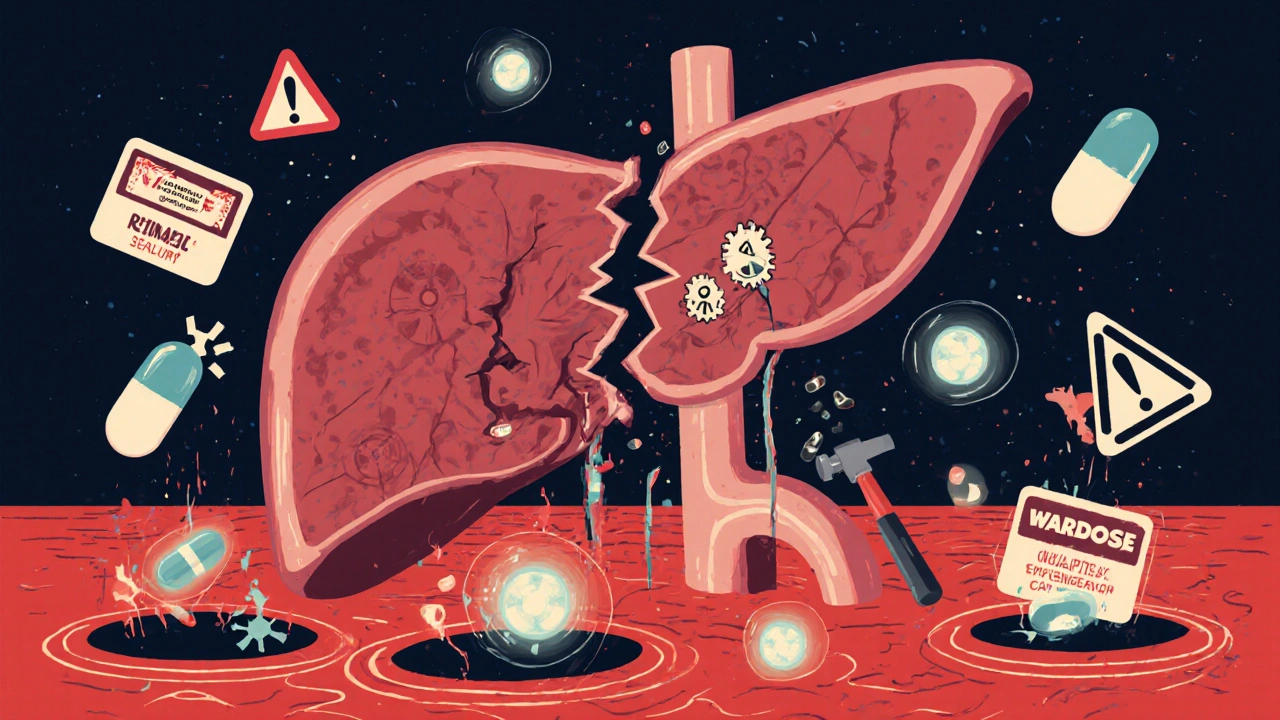CYP3A4 Interactions: What Drugs You Can't Mix and Why It Matters
When your body breaks down medicine, one enzyme does most of the heavy lifting: CYP3A4, a liver enzyme responsible for metabolizing over half of all prescription drugs. Also known as cytochrome P450 3A4, this enzyme decides whether your pill gets absorbed properly, stays in your system too long, or gets flushed out too fast. If CYP3A4 is blocked or boosted, your meds can stop working—or turn toxic.
Think of CYP3A4 like a traffic cop for drugs. Some substances, like grapefruit, a common fruit that blocks CYP3A4 activity, slam the brakes. That’s why drinking grapefruit juice with statins, blood pressure pills, or anti-anxiety meds can cause dangerous buildup. Other things, like St. John’s wort, an herbal supplement that speeds up CYP3A4, hit the gas. It can make birth control fail, reduce the power of antidepressants, or leave transplant patients vulnerable to rejection. Even common antibiotics like clarithromycin or antifungals like ketoconazole can interfere—sometimes for days after you stop taking them.
These aren’t rare edge cases. CYP3A4 interactions show up in real life: someone on warfarin gets a blood clot after starting a new antibiotic, a patient with epilepsy has a seizure because their seizure meds got flushed out too fast, or a person with high cholesterol ends up in the hospital after eating grapefruit every morning. The problem? Most people don’t know their meds are affected by food, supplements, or even other prescriptions. And doctors don’t always ask about everything you’re taking.
What you’ll find here isn’t just theory. These posts break down real-world cases—like how caffeine messes with blood thinners, why mixing opioids and gabapentin can slow your breathing, or how birth control pills like Yasmin interact with other drugs. You’ll see how generic drugs aren’t always interchangeable when metabolism is involved, and why checking active ingredients isn’t just for kids’ medicine. This isn’t about memorizing a list. It’s about understanding how your body handles what you put in it—and how to stay safe when you’re on more than one thing.
Lopinavir/Ritonavir Boosting: How CYP3A4 Interactions Impact Drug Safety and Efficacy
Lopinavir/ritonavir boosts HIV treatment by inhibiting CYP3A4, but this creates dangerous drug interactions. Learn which medications are risky, why it's still used globally, and how to avoid life-threatening side effects.
More
